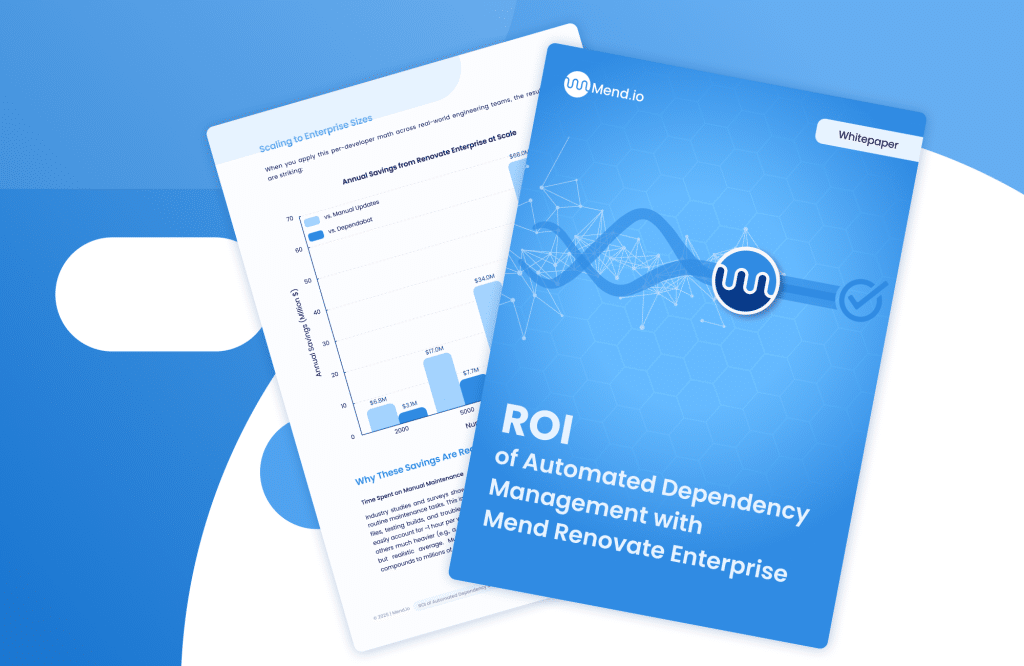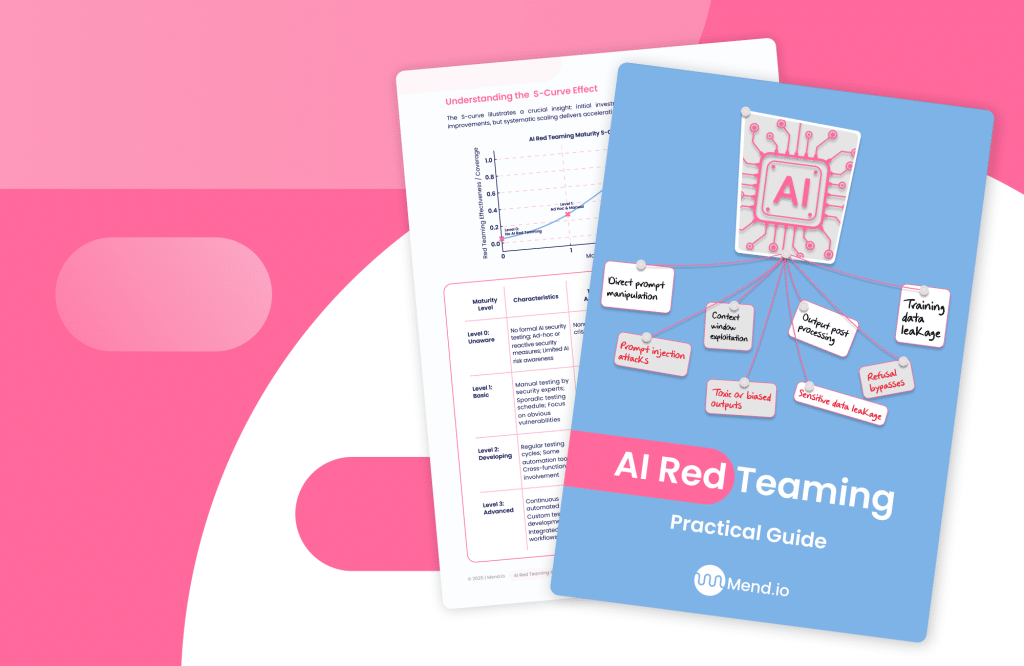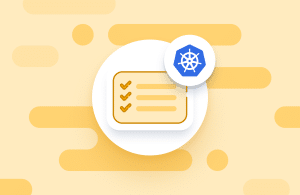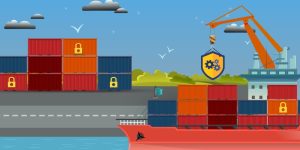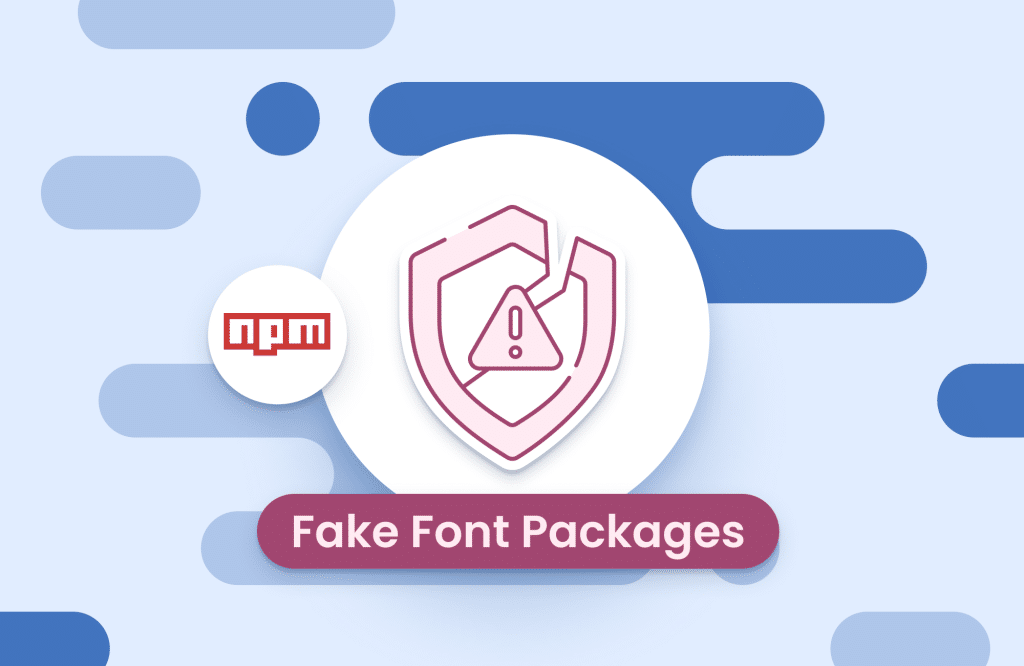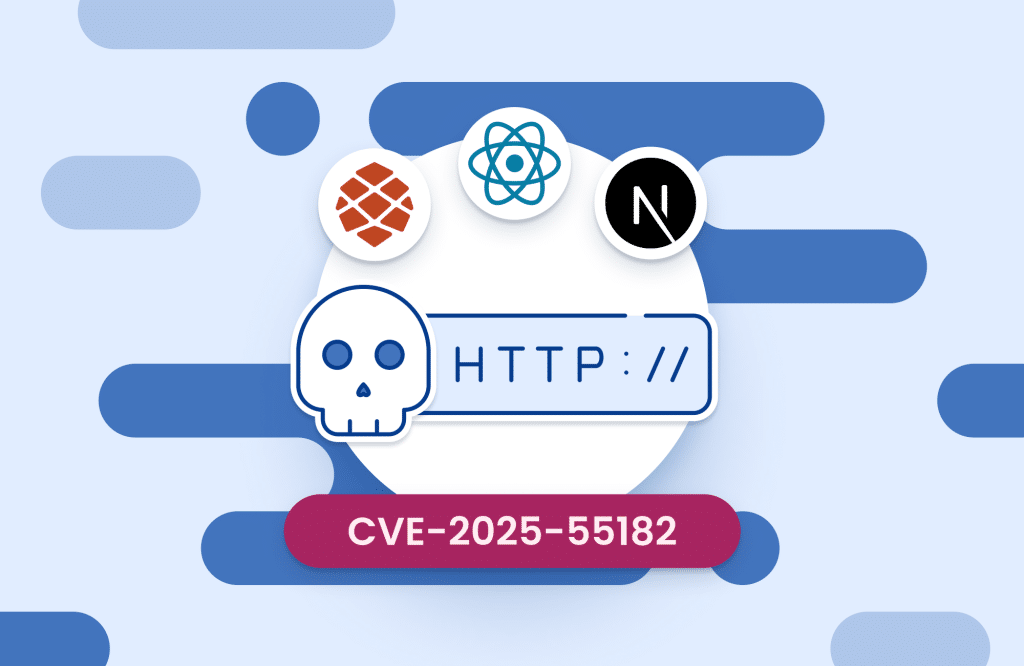Table of contents
Building Strong Container Security for Modern Applications
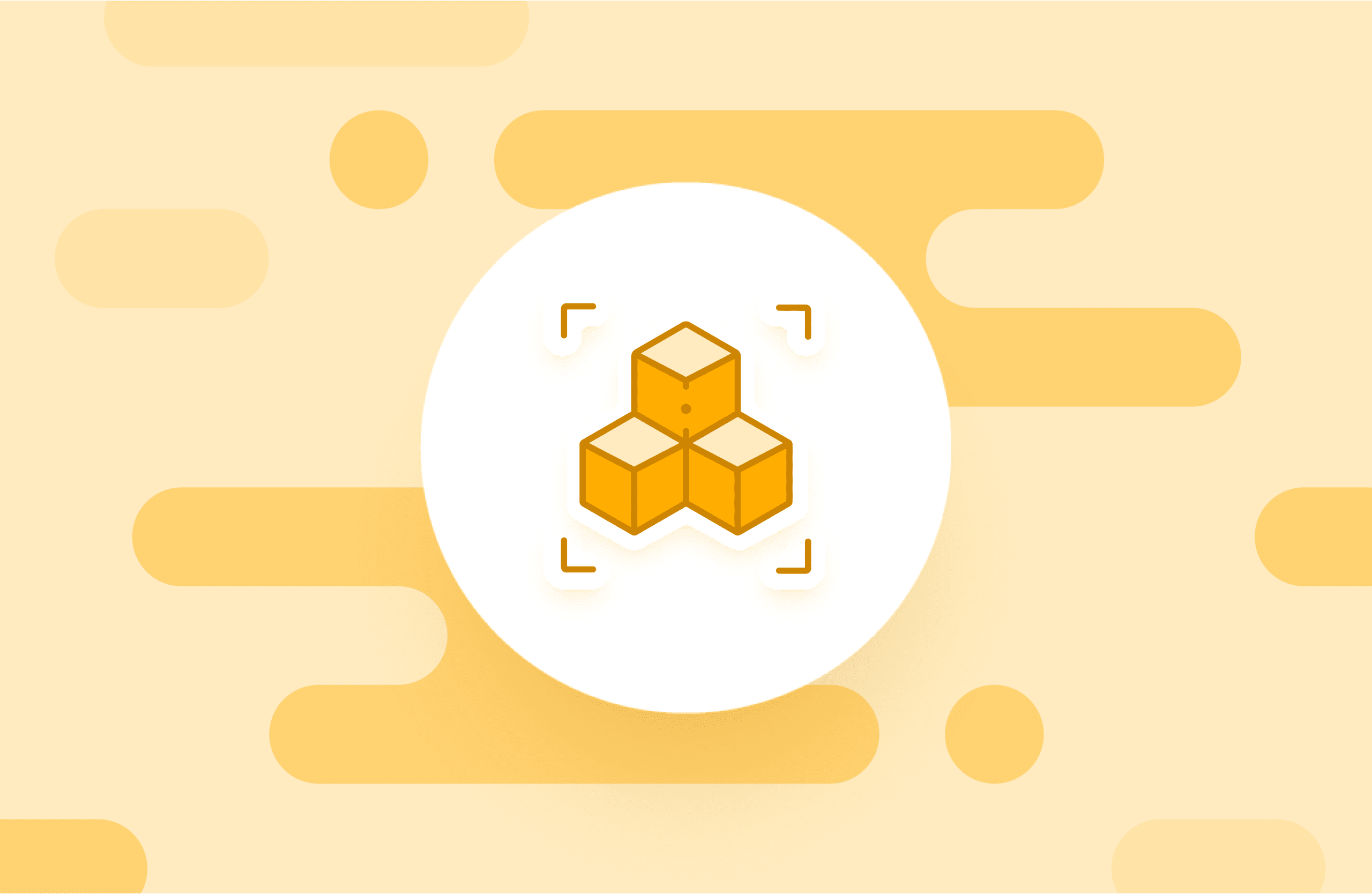
Containers have transformed how modern applications are built and deployed. They’re lightweight, portable, and allow teams to move software from development to production faster than ever before. But as adoption has accelerated, so have security concerns. From vulnerable base images to exposed Kubernetes clusters, container security has become a top priority for AppSec and DevSecOps professionals.
Container security means protecting every layer of the container ecosystem — the image, runtime, registry, host, and orchestration system — throughout the entire lifecycle. As organizations embrace cloud-native architectures and microservices, robust container security practices have become essential to maintaining resilience, compliance, and customer trust.
What is container security
Container security is the practice of safeguarding containerized applications from vulnerabilities, misconfigurations, and attacks at every stage of the software lifecycle. It combines secure configuration, automated scanning, access controls, and runtime monitoring to reduce risk.
Unlike traditional software, containers depend on a shared environment that includes multiple components: container runtime, base image, host operating system, network, and orchestration platform. A weakness in any layer can jeopardize the entire stack.
Containers are designed for isolation, but that isolation can be misleading. Misconfigured privileges, insecure registries, or outdated images often create open doors for attackers. Mend.io’s guide to container vulnerability explains how small oversights in configuration or dependency management can lead to serious security exposure.
Understanding the container security architecture
A container’s security surface spans several interdependent layers:
- Host operating system – The underlying OS running the container engine must be hardened, patched, and isolated from other workloads.
- Container runtime – The engine (like Docker or containerd) enforces isolation and resource limits. Misconfigurations here often lead to privilege escalation.
- Images – Each image layer can contain vulnerable dependencies or embedded secrets. Regular scanning and signing are crucial.
- Registries – Central repositories that store and distribute images. Weak authentication or lack of TLS exposes a major supply-chain risk.
- Orchestration – Tools like Kubernetes coordinate deployment and scaling, but misconfigured RBAC or public dashboards can expose workloads.
Understanding how these layers interact helps teams identify where to focus hardening and monitoring efforts.
Why container security matters
Containers have become integral to DevOps workflows and cloud-native applications. They enable rapid deployment and scaling but also expand the potential attack surface. A single vulnerable image can be replicated across hundreds of running containers, amplifying risk.
Real-world incidents highlight the impact. In one case, a misconfigured Kubernetes dashboard allowed attackers to run cryptocurrency mining workloads inside production clusters. Similar issues have affected high-profile companies that left container APIs exposed to the internet.
Beyond operational disruption, container security failures carry compliance and financial consequences. Frameworks such as NIST SP 800-190 define security controls for containerized workloads, emphasizing image integrity, least privilege, and runtime monitoring. Compliance standards like CIS Benchmarks, ISO 27001, and PCI DSS increasingly require container-level controls as part of software governance.
For security leaders, investing in container security isn’t optional — it’s central to protecting the software supply chain and sustaining business continuity.
Common container vulnerabilities
Containerized environments can fail for many reasons. Common issues include:
- Vulnerable images built from outdated or unpatched libraries.
- Weak runtime configurations such as running containers with root privileges.
- Exposed secrets in environment variables or configuration files.
- Unsecured orchestration settings like open Kubernetes dashboards or permissive network policies.
Mend.io’s research on docker container vulnerabilities shows how even simple missteps can cascade into large-scale security incidents. In most cases, vulnerabilities appear when development speed outpaces security automation. Mature AppSec programs solve this by integrating continuous scanning and policy enforcement into the CI/CD pipeline.
How container scanning works
Container scanning analyzes images layer by layer to detect known vulnerabilities, embedded secrets, and misconfigurations before deployment. Scanners cross-reference each component against vulnerability databases, license information, and policy rules.
Modern tools also assess reachability — whether a vulnerability can actually be exploited within the running context — helping teams focus remediation on real risks. Developers can embed scans directly into CI/CD workflows so new builds are automatically inspected.
Mend.io’s guide on how a container scan is done explains the technical steps, from manifest parsing to CVE correlation. Teams using Docker should also review docker image scanning and docker image security, which detail best practices for protecting Docker environments. Official Docker documentation provides additional verification standards for signing and validating images.
Container security best practices
Building strong container security requires automation and consistency across development and production. These practices form the foundation:
- Scan continuously across the pipeline – Every image and dependency should be scanned as it’s introduced. Integrating Container Security Scanning directly into CI/CD ensures that vulnerabilities are caught early.
- Harden base images – Use minimal, verified images and rebuild them regularly to include the latest patches.
- Restrict privileges and enforce isolation – Run containers as non-root users and apply namespace and cgroup controls to limit resource access.
- Manage secrets securely – Never store passwords, API keys, or tokens in images. Use external secret management tools.
- Automate reachability and remediation – Tools that combine automation with reachability analysis — like those in Mend.io’s container security best practices — help focus effort on exploitable vulnerabilities rather than noise.
Kubernetes and container orchestration security
Securing containers at scale requires securing the orchestration systems that run them. Kubernetes dominates this space but can introduce new risks if left unguarded. Attackers exploit misconfigured service accounts, exposed APIs, and permissive network rules.
A secure setup enforces strong RBAC, network segmentation, and strict control over who can deploy workloads. Monitoring should extend to API audit logs and namespace behavior. Mend.io’s guide to Kubernetes security highlights practical steps to harden clusters, while Kubernetes security best practices explains how to apply pod-level restrictions and admission controls.
External frameworks such as CISA’s Container Security Guidelines provide in-depth recommendations for securing orchestration layers across hybrid and cloud environments.
Docker and microservices security
Most organizations still rely on Docker as their primary container runtime. Securing Docker requires controlling privileges, validating images, and monitoring for runtime anomalies. Mend.io’s insights on Docker container security outline how to implement these protections from build to deployment.
Microservices architectures add further complexity. Each service may have its own dependencies, credentials, and data paths, which increases the likelihood of misconfigurations or unauthorized exposure. Strengthening microservices security means enforcing authentication between services and encrypting all inter-service traffic.
Containerized environments benefit most from defense in depth — combining network segmentation, runtime protection, and policy-as-code enforcement to secure both Docker containers and the microservices they host.
Container security tools and automation
Automation sits at the core of effective container security. Modern environments rely on tools that continuously scan, monitor, and enforce compliance across every stage of the lifecycle.
| Category | Example | Primary function |
|---|---|---|
| Image scanning | Trivy, Mend Container | Identify CVEs and secrets before deployment |
| Runtime protection | Falco, Aqua | Detect anomalies and privilege escalations |
| Compliance & policy | OpenSCAP | Validate CIS benchmarks and regulatory standards |
| Orchestration security | Kyverno | Enforce Kubernetes security policies |
For a deeper overview of available solutions, explore Mend.io’s list of container security tools. The CNCF Cloud Native Landscape also maintains an up-to-date directory of open-source and commercial security tools.
Automation allows teams to apply consistent policies across development, staging, and production — enabling speed without sacrificing control.
Integrating container security into DevSecOps
Container security is most effective when it becomes part of the broader DevSecOps workflow rather than an afterthought. By embedding security into CI/CD pipelines, teams can detect, prioritize, and remediate risks continuously.
To build container security into DevSecOps:
- Integrate automated scans and policy checks into CI/CD pipelines.
- Use Infrastructure as Code to enforce configuration standards.
- Feed runtime findings back to developers for faster remediation.
- Track ownership and exploitability through unified dashboards.
This closed feedback loop bridges the gap between development velocity and security visibility. Over time, it turns secure containers into the default behavior across all teams.
Container security frameworks and compliance
Compliance requirements increasingly demand visibility into how containers are built and managed. Beyond NIST SP 800-190, several frameworks now influence container security policy:
- CIS Benchmarks provide configuration baselines for container engines and orchestration platforms.
- ISO 27001 and SOC 2 require controls around change management and access within containerized environments.
- PCI DSS v4.0 adds new clauses for cloud and container workloads that handle payment data.
Meeting these frameworks doesn’t just satisfy auditors; it helps standardize best practices across teams and builds organizational discipline around secure build and deployment processes.
Future trends in container security
Container security is entering a new phase — one where prevention, detection, and compliance converge into a unified discipline. Organizations that once relied on manual checks are now shifting toward policy-driven automation. Security rules are being written and versioned just like application code, creating traceable controls that evolve with each release.
Artificial intelligence is already reshaping how vulnerabilities are prioritized. Instead of overwhelming teams with endless alerts, intelligent systems analyze exploit likelihood and focus remediation on the issues that truly matter. Reachability analysis, long considered advanced, is becoming standard. Tools can now map dependencies in real time to show whether a vulnerability actually affects an active container, closing the gap between detection and action.
Runtime visibility is also improving. Continuous observability enables teams to see how containers behave in production and identify anomalies within seconds. This allows for faster response and more confident decision-making during incidents.
Finally, the software supply chain is under more scrutiny than ever. Global mandates now require organizations to produce and maintain SBOMs — detailed inventories of every component in their software. This transparency makes container security not just a technical goal but a compliance requirement.
The future of container security belongs to teams that combine automation, intelligence, and accountability. Those who can secure containers from build to runtime — without slowing innovation — will define what modern AppSec looks like in the years ahead.
Securing containers from build to runtime
Containers enable faster innovation, but they demand an equally agile approach to security. Protecting them means securing every stage — from build to deployment to runtime — with automation and visibility.
Effective container security is not just about patching vulnerabilities. It’s about designing systems that enforce least privilege, verify integrity, and respond intelligently to risk.
From Kubernetes security to Docker image scanning, Mend.io helps development and security teams collaborate seamlessly, ensuring that secure containers power modern applications without slowing progress. In an era where software moves fast, container security must move faster.
